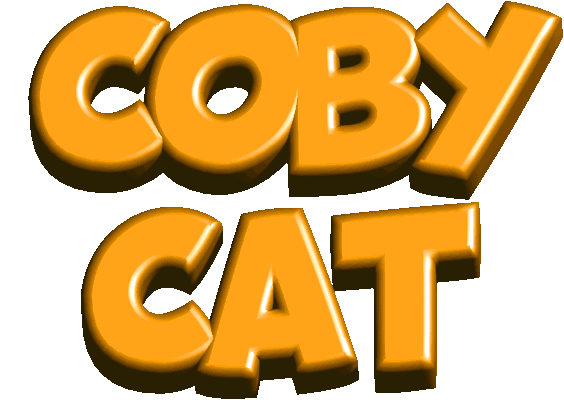Mathmagic Land and Optimism for the Future
Quite possibly my favorite cartoon short of all time is Donald in Mathmagic Land. I had it on VHS growing up, and I played it over and over again. It spawned an interest in mathematics in me that school, unfortunately, soon squashed.
Released in 1959, Mathmagic Land is perhaps the purest expression of 1950s optimism for the future. The short follows Donald Duck as he travels a rather surreal dreamscape, guided on by the true spirit of adventure. Along the way, Donald learns that math is not a distant game of numbers, but the underlying secret behind music, nature, games, architecture, and technology. Donald remains Donald though! Grumpy, difficult, messy. And yet he too, along with the viewer, learns to appreciate mathematics and the promise of a better tomorrow. Curiosity conquers resistance!
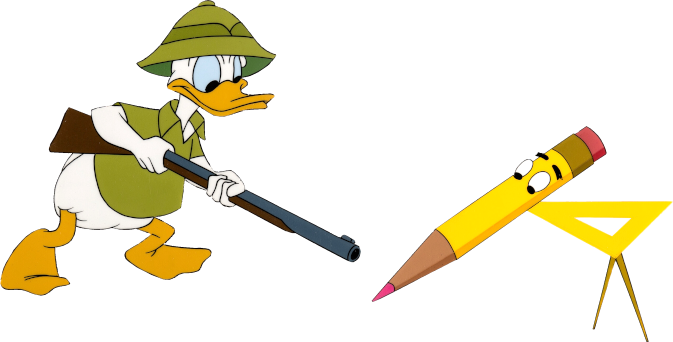
Expo 58
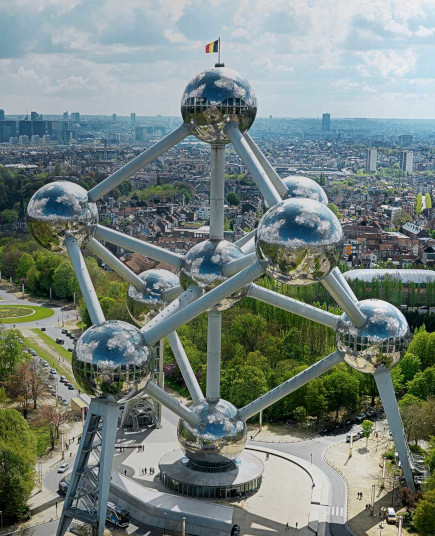
The 1958 World’s Fair in Brussels, which I've mentioned on my website before, was Belgium’s bold attempt to align itself with this same forward-looking spirit. Its centerpiece was the Atomium, a new monument for Belgium unlike any it had ever had before: an aluminium structure of connected spheres in a configuration modeled after atoms in an iron crystal. A more recent renovation replaced the aluminium with stainless steel, which probably fits the iron crystal a bit better, even.
But the Atomium was more than just a nice monument; it was a celebration of the Atomic Age. It embodied the dream that atomic energy, unshackled from its associations with warfare, could now fuel peace, prosperity, and modern living. Belgium, through its Congolese uranium trade, was directly tied to the nuclear age, and thus, of course, had some ulterior motives here. Nonetheless, the fair left a deep impression on all those who visited it.
Disney's contribution to Expo 58, America the Beautiful, was in its content perhaps ‘just’ a tour of the US, but its innovative 360-degree presentation required a custom-built theater right next to the American pavilion. Still, other Disney productions did align much more directly with Belgium's Expo vision.
Our Friend the Atom
A year earlier, in 1957, the Disneyland television series aired the episode Our Friend the Atom, about the benefits of nuclear power. In the animated bits, atomic energy is compared to the story of The Fisherman and the Genie. A fisherman frees a dangerous genie who threatens to smite him, but instead, through quick thinking he manages to outsmart the genie and bargains for three wishes. When used responsibly, nuclear power can be an enormous boon.
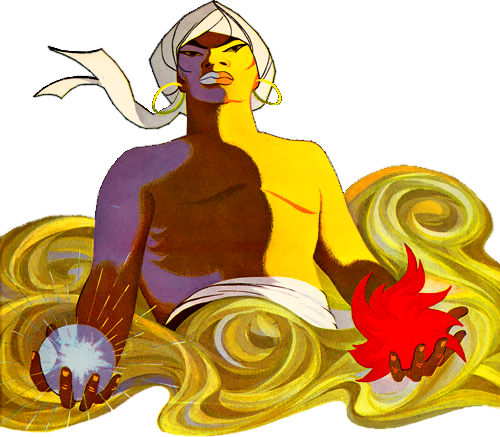
It is quite likely that both Our Friend the Atom and the Atomium can be contextualized within the American “Atoms for Peace” program, given that the fair was awarded to Belgium in 1953, the same year as the presidential speech that kicked off the program to positively portray nuclear power.
The Space Age
The year 1957 is also the start of the Space Age, with the launch of the Sputnik 1 satellite by Soviet scientists. NASA was created in reaction to this, but the idea of space travel was popularized in the years leading up to this by the Disneyland series. Rocket scientist Wernher von Braun collaborated with the Disney studios on three episodes about space travel, between 1955 and 1957.
The first, Man in Space, talks about everything leading up to space travel, from early sci-fi to contemporary advances in rocket technology, ultimately resulting in speculation about what challenges space travelers would face. The sequel, Man and the Moon, covers everything from mankind's superstitious fascination with the moon to a hypothetical moon landing. This imaginary feat would finally become reality in 1969 with the Apollo 11 mission. The final episode looks towards Mars and Beyond, and its speculative manned mission to Mars has so far not yet become reality.
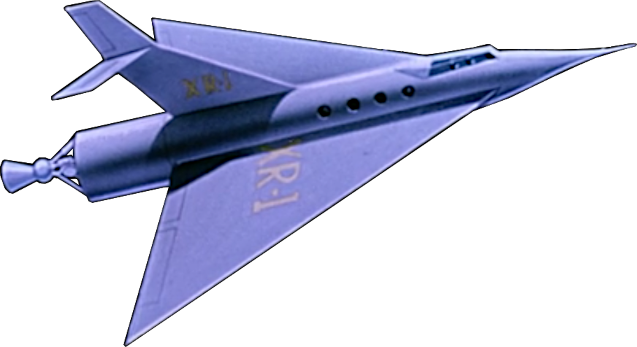
The Future
Compared to the utopian optimism of my childhood, which was one of a global village at the end of history, this one was understandably more rooted in the circumstances of its age, for better and for worse. Still, it was inspiring nonetheless.
What's most striking is that the technological optimism of these cartoons and the world's fair came in the waning days of the second Red Scare. Likewise, the optimism of my childhood followed the intensive reignition of the Cold War. Maybe that can be the most important lesson to take out of all of this: even when things seem very bleak (as is definitely the case now), there is always a light at the end of the tunnel.
I'll end by quoting the True Spirit of Adventure at the end of Mathmagic Land:
These are the doors of the future, and the key is mathematics. The boundless treasures of science are locked behind those doors. In time, they will be opened by the curious and inquiring minds of future generations.

